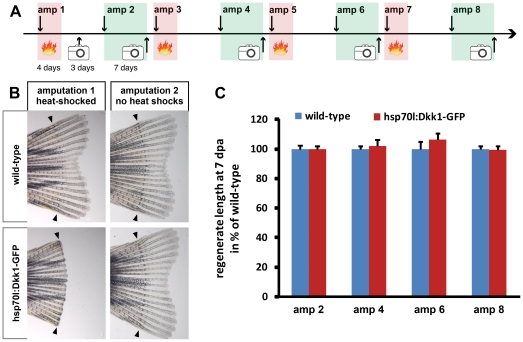Figure 5. Repeated inhibition of fin regeneration by interference with Wnt/b-catenin signaling does not diminish regenerative capacity.
(A) Schematic illustration of the experimental scheme. Red shaded areas indicate periods in which fish were heat-shocked twice daily, green areas indicate periods in which fish were allowed to regenerate in the absence of heat-shock. amp = amputation, phot = photo of the tail fin. (B) Wild-type and hsp70l:Dkk1-GFP transgenic tail fins heat-shocked until 4 dpa and photographed 7 days after amputation 1 (left column) and photographed after amputation 2 without heat-shocks (right column). Note that heat-shocked wild-type fins regenerated, while Dkk1-GFP expressing fins did not, yet both fins regenerated in the absence of heat-shocks in response to amputation 2. (C) The average regenerate length 7 days post amputation number 2, 4, 6, and 8 were normalized to the length of wild-type fish. Note that there are no significant differences in regenerate length between wild-type and hsp70l:Dkk1-GFP fish.

